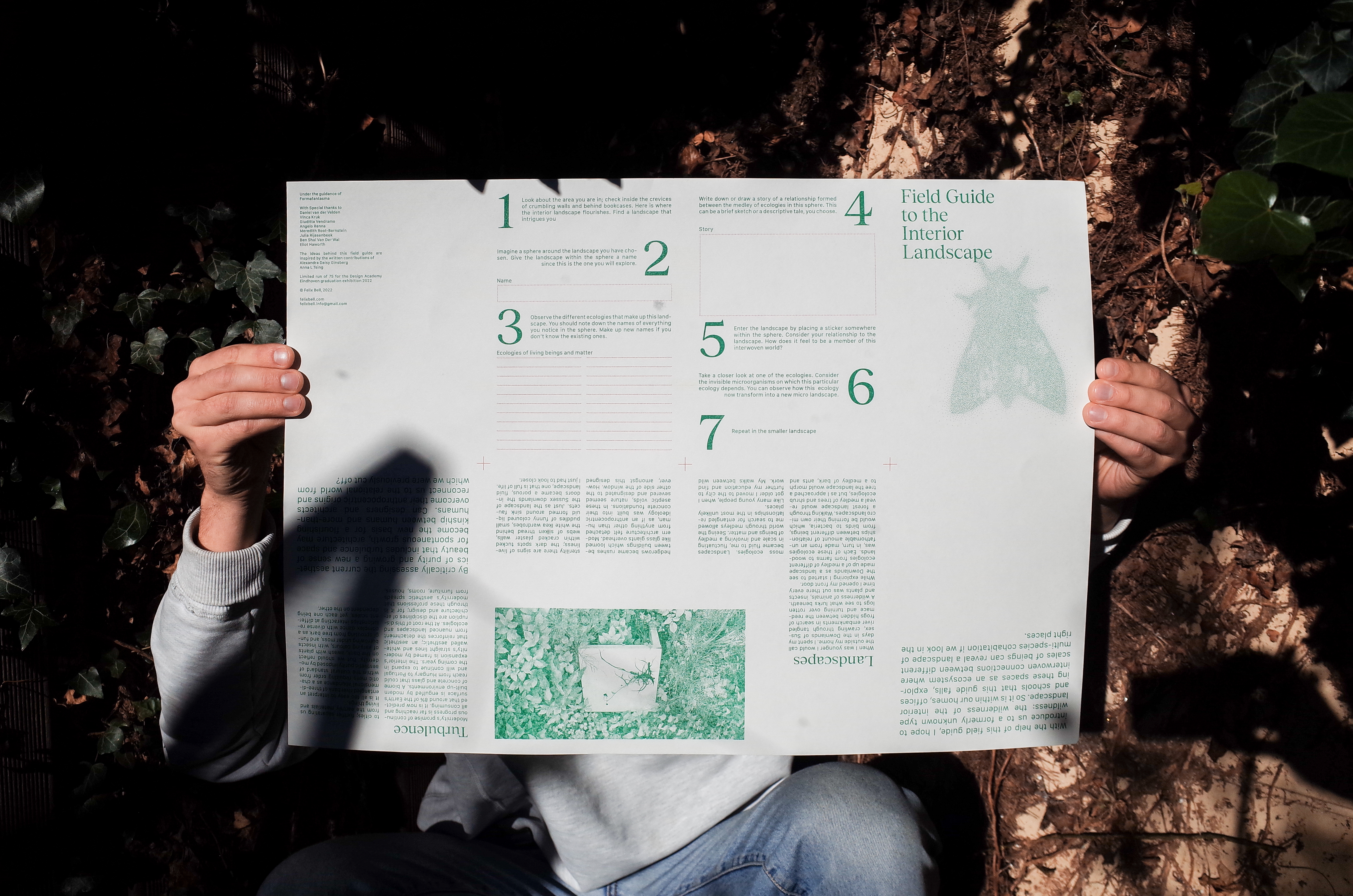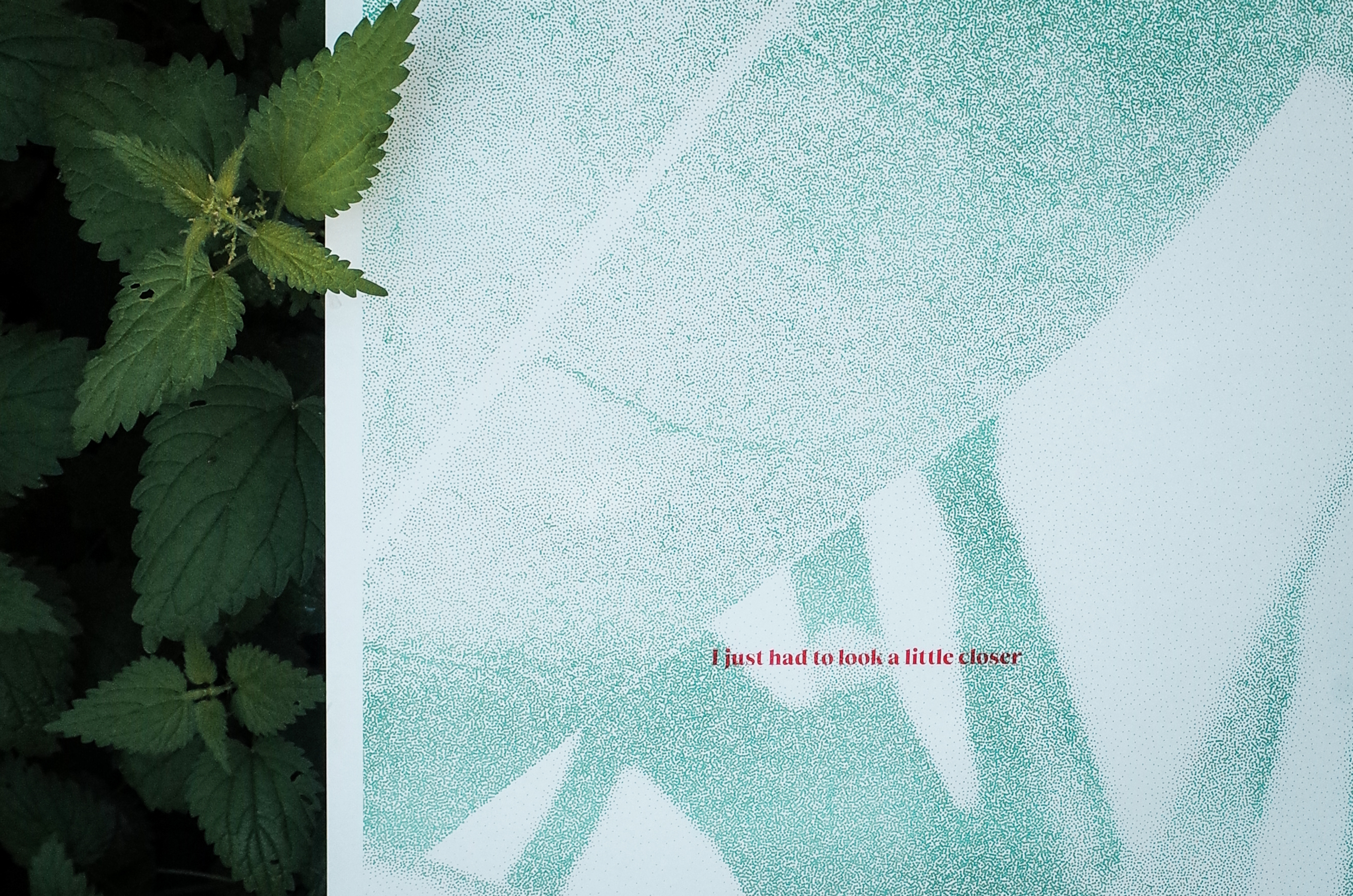Field guide to the Interior Landscape was made to introduce us to a formerly unknown type wildness: the wilderness of the interior landscape. By exploring these spaces as an ecosystem exposes the cracks in designs control over the built environment, demonstrating that human habitats are not separate from nature, but rather a part of it.
1
Look about the area you are in; check inside the crevices of crumbling walls and behind bookcases. Here is where the interior landscape flourishes. Find a landscape that intrigues2
Imagine a sphere around the landscape you have chosen. Give the landscape within the sphere a name since this is the one you will explore.3
Observe the different ecologies that make up this landscape. You should note down the names of everything you notice in the sphere. Make up new names if you don’t know the existing ones.4
Write down or draw a story of a relationship formed between the medley of ecologies in this sphere. This can a quick sketch or descriptive tale, you choose.5
Enter the landscape by placing a sticker somewhere within the sphere. Consider your relationship to the landscape. How does it feel to be a member of this interwoven world?6
Take a closer look at one of the ecologies. Consider the invisible micro-organisms on which this particular ecology depends. You can observe how this ecology now transform into a new landscape.7
Repeat


Rebecca Lewin
Rob Dunn Julia Rijssenbeek Angelo Renna Meredith Root-Bernstein
References
Braiding Sweetgrass: Indigenous Wisdom, Scientific Knowledge and the Teachings of Plants - Robin Wall Kimmerer
Contribution in 140 Artists' Ideas for Planet Earth. Published by Penguin, 2021. - Alexandra Daisy Ginsberg
